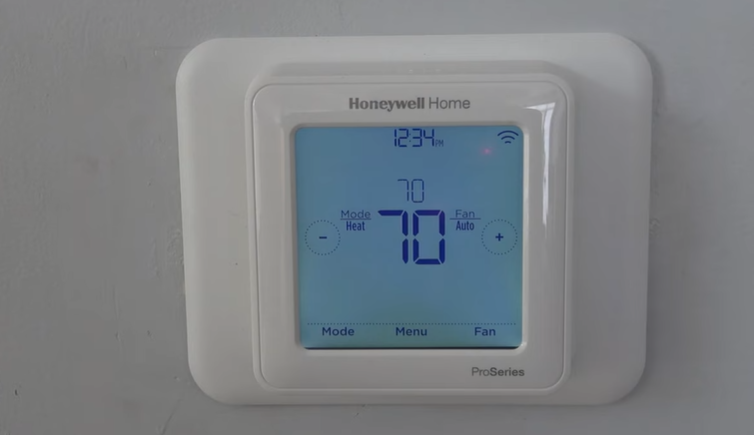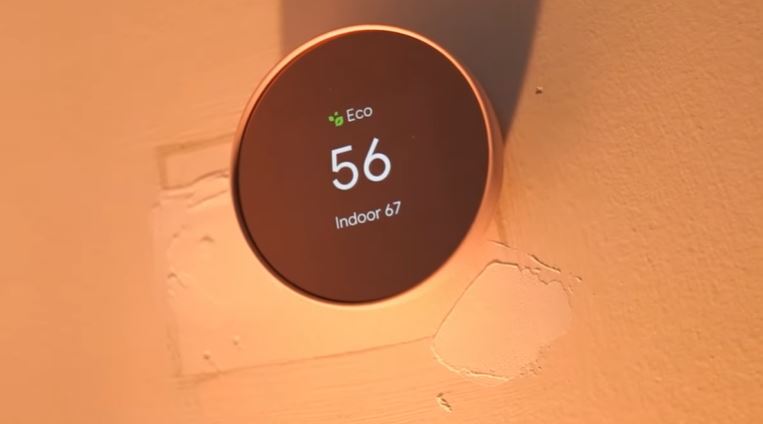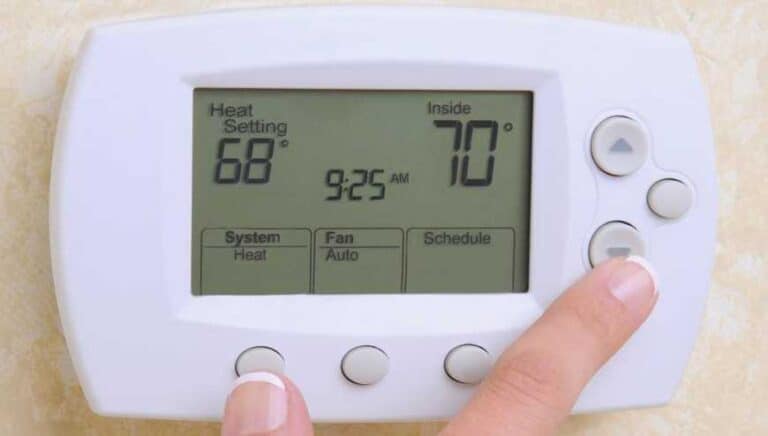Low Suction Pressure High Head Pressure [Causes + Fixes]
If you are experiencing low suction pressure and high head pressure on an air conditioning system, then this troubleshooting guide is perfectly for you. B
ut before we go into the details of what causes low suction pressure high head pressure, we need to first understand what causes low suction pressure and what causes high head pressure individually.
Low suction pressure and high head pressure is a condition where there is a decreased refrigerant pressure in the AC system and at the same time a high output pressure in a compressor. This condition is mainly caused by a defective or malfunctioning TXV valve.

An expansion valve is a device that regulates the flow of the liquid refrigerant into the evaporator coil allowing the liquid refrigerant to expand into vapor form, causing a significant drop in temperature.
Sometimes an expansion valve can get stuck open or closed. Table 1 below shows some conditions that are caused by an expansion valve
| Problem | Possible Cause |
| Low suction pressure low head pressure | Stuck or blocked valve |
| High head pressure high suction pressure | Valve stuck open |
| Normal head pressure low suction pressure | Valve too small |
| Normal head pressure high suction pressure | Valve too big |
| Low suction pressure high head pressure | Defective or malfunctioning TXV valve |
What causes low suction pressure?
Low suction pressure in HVAC systems can be caused by insufficient heat going to the evaporator, a defective or undersized metering device or low flow of the refrigerant. Table 2 is a summary of the causes and possible solutions
| Causes | Possible fix |
| Insufficient heat to the evaporator | Replace filters, clean system parts |
| Defective or undersized metering device | Replace power head |
| Low refrigerant | Recharge with more refrigerant |
1) Insufficient heat going to the evaporator
There are several things that can cause low suction pressure, the first being insufficient heat getting to the evaporator coil.
This is mainly caused by low air flow. This in turn is a result of restricted filters, blocked or undersized duct and a few others.
What restricts heat to the evaporator?
Insufficient heat to the evaporator is caused by a few issue that are summarized in the table 3 below
| Cause | Possible Fix |
| Low refrigerant | Recharge refrigerant with correct amount |
| Plugged air filters | Clean filters on time |
| Plugged evaporator coil | Clean evaporator coil |
| Restriction in the refrigerant line | Check for blockages |
| Dirty or blocked condenser coil | Clear the coils with or hose, blow away leaves blocking it |
| Defective metering device | Replace power heads |
| Faulty fan motor | Clean and blades, test capacitor and replace it if defective |
It may be tempting to guess that there is low refrigerant in the system when there is low suction pressure. But the best way to troubleshoot low suction pressure is by checking for superheat. This will indicate whether or not low suction pressure is caused by insufficient heat getting to the evaporator coil.
To check superheat, follow these simple steps below
1. Use a thermostat that is specifically designed to take pipe temperature
2. Record the temperature and measure the suction pressure at the suction lines
3. Convert the suction pressure recorded to the temperature using the temperature/ pressure Chart
4. To calculate superheat simply subtract the two temperature values.
IMPORANT: In most systems
1. Superheat is about 10 degrees when measured at the evaporator and
2. 20-25 degree when measured near the condenser
Let’s take a practical example on calculating superheat.
- Suppose you measure and record a temperature of 45 °Fat the suction line and the suction pressure of 60 psi
- Convert the 60 Psi to the temperature/ pressure. This will translate to 35°F.
- Find the difference of the two temperatures values and thus giving us 10 °F
10 is falling within the normal range, meaning that low suction pressure is not caused by low freon level in the system but by an insufficient supply of heat to the evaporator.
Read also: 404a Operating Pressures (404a pt chart)
2) Undersized or defective metering device
Another possible culprit for low suction pressure on your system could be a defective or undersized metering device. But how do you rule out subcooling as the cause for low suction in your system?
Subcooling is the measure of the amount of refrigerant in the condenser unit.
Suppose you want to determine superheat at the suction line, and you get a value that is higher than 10 (remember we said normal superheat at the suction is within 10 F) that means you have low refrigerant.
A high superheat means low refrigerant in the system. But does this mean you should straight start adding more refrigerant in your system? Of course not. A defective metering device could also be the reason for the low suction pressure. To rule out a bad metering device, we need to determine subcooling.
Important things to note:
1. High subcooling means, excessive refrigerant in the condenser
2. On a thermostatic expansion valve, subcooling is approximately between 10 F to 18F
So how do you know for sure that the problem is not with the low refrigerant but with the metering device?
Monitor subcooling as the refrigerant is being added to the system. If the superheat doesn’t change but subcooling keeps increasing, the problem is probably with the metering device.
Read also: What Causes Low Head Pressure High Suction Pressure?
3) Low refrigerant
In other cases, it’s the low refrigerant that causes low suction pressure. You can know for sure that this is the cause if the superheat is high, and you have low subcooling
The simple rule here is
- Find and fix the leaks
- Monitor superheat and subcooling as the refrigerant is being added to avoid overcharging.
What causes high head pressure?
High head pressure in HVAC systems could mostly be caused by problems with the condensation process. These causes are summarized in the table below together with the possible solutions
| Possible causes | Main fixes |
| Dirty condensing coil | Clean condensing coils |
| Defective condenser fan motor | Replace motor capacitor of fan motor |
| Too high outdoor temperature | Nothing |
| Overcharging system with refrigerant | Discharge the refrigerant to standard level |
| contaminated refrigerant | Discharge and recharge with clean refrigerant |
1)Reduced air flow in the condenser
When there is reduced air flow into the condenser, it can cause high head pressure. This happens when there is a blocked or obstructed condenser unit.
In other words, High head pressure can be caused by a condenser unit that is not properly cooling. This can be due to issues like a blocked condenser coil and high outdoor temperatures. When there isn’t enough space between the condenser and the walls (also known AC wall clearance)
Also see: How to fix low superheat high subcooling
The fix.
Ensure that there is no blockage in the condenser and that the fan is spinning without any problems. The fan helps to eject the heat from the condenser coils.
2) An overcharge of the refrigerant
When there is an overcharge of the refrigerant in the system, more refrigerant will enter the flow, this will cause both the suction and the head pressure to increase.
3) Overfeeding metering device
A metering device that if overfeeding the refrigerant to the evaporator will cause the head pressure to increase. An incorrect or missing piston will also cause overfeeding.
How to calculate normal suction and discharge pressure
Normal discharge and suction pressure chart for different refrigerant
What is the normal suction pressure and discharge pressure of or freon R22 compressor
- With 90 F outdoor temperature and 79 F indoor temperature you can expect a 120 F condensing temperature, (ambient plus 30).
- 90 F + 30 F = 120 F
- Convert temperature to pressure, R 22 at 120 F = 260 psi
- Indoor temperature (70 F) minus 40 F = 39 F evaporating temperature.
- Convert temperature to pressure, R 22 at 39 F = 67 psi.
Final thought
Now that you know what causes Low Suction Pressure High Head Pressure, we hope that at this point you have found a solution to the problem. If you have any other questions, feel free to leave your question in the comment or write us an email and we’ll be very happy to help you.
More resources: https://www.achrnews.com/articles/94178-superheat-and-subcooling-made-simple
Shalom.



![Sensi Thermostat Not Turning On AC [Fixed]](https://thermostating.com/wp-content/uploads/2022/12/ac-condenser-unit-768x395.png)
![Honeywell Thermostat Snowflake Blinking [Solved]](https://thermostating.com/wp-content/uploads/2023/06/snowflake-symbol.jpg)
![How To Install A Thermostat Without C Wire [Full Guide]](https://thermostating.com/wp-content/uploads/2023/06/thermostat-installation-768x360.jpg)